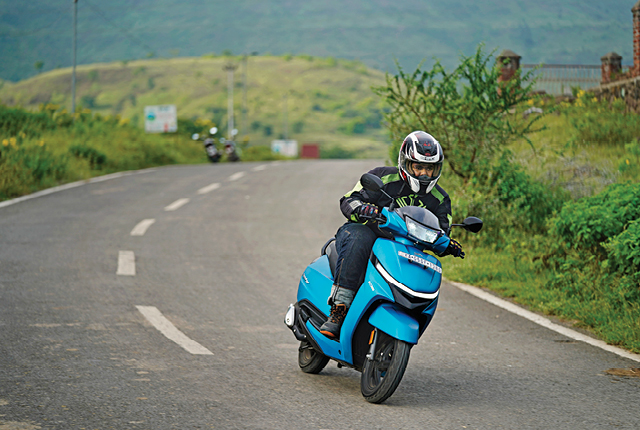
TVS have given the base Jupiter a complete overhaul, including a new engine. We had checked it out on a closed course back in August. This time we let it loose in the urban jungle and observed if it could survive there.
Story: Sayantan De
Photography: Sanjay Raikar
The planet Jupiter is the second largest object in the solar system, while the TVS Jupiter has consistently been the second best-selling scooter in India. Nice symmetry that. So, the importance of the situation didn’t go unnoticed when TVS set about re-designing their best-selling model. We rode it on a closed course back in August, but now it was time for the real test in the hustle and bustle of the urban jungle. Does the TVS Jupiter have what it takes to survive in the cut-throat world of urban commuting and weekend grocery shopping? We find out…
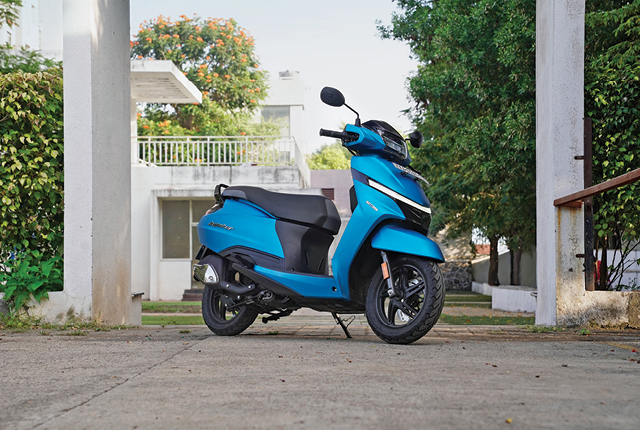
The TVS Jupiter has always been a decent-looking scooter, if a bit forgettable. That is no longer the case with the new one. Gone are the silver garnishes, replaced with black, which is the finish on the forks, drive belt cover, grab-handle as well as the strip on the front apron of the scooter. On the lesser models, this is just plastic, but on our SmartXonnect test unit, it houses a nice little LED daytime running lights (DRL) strip, which TVS call, rather ambitiously, the “Infinity Light Bar”. Despite the name, it is a design detail that differentiates the new Jupiter from other family scooters without being gaudy. The tail-light is a similar strip of LED which is something I really liked, as it lends the Jupiter a distinctive derrière. The other notable aspect of the design is the complete and utter lack of decals of any kind, which highlights the character line on the cowls.
Our test unit, as mentioned before, was a SmartXonnect variant, which meant that you can access quite a bit of information about the scooter via the TVS app, including your fuel level, and enable turn-by-turn navigation. One of the best features of the entire Jupiter range—and by extension this bike—is the fuel-filler cap placed at the front, though you may want to protect your grocery from the drip from the filling nozzle. For that there’s the massive 33-litre boot, the largest in the segment. It can hold an enormous amount of stuff, but I was unable to close it with the full-face helmet seen on these pages, which was odd.
TVS have bestowed the updated Jupiter with an updated engine as well, which measures slightly more than the 110-cc power plants one may find in this segment. Displacing 113.3 cc and pushing out eight horses and 9.2 Nm of turning force, the new engine is more potent than the one it replaces. That’s not the point of it, though, for anyone looking for power would go for the Jupiter 125. No, the purpose of this engine is to stretch every last drop of the liquid gold we pour into the tank and while we didn’t test the fuel economy, it will most certainly be better than the 125-cc version, based on simple physics.
You are never left wanting for acceleration, though, even if the CVT takes a moment to catch up with your intentions, kind of like a video buffering for a fraction of a second before starting to play. This theme carries over in the behaviour of the integrated starter-generator. Unlike the Japanese rivals, it takes too long to bring the engine back to life and the idle time for the engine to shutdown is a bit long as well. TVS do need to work to make it as seamless an affair as the aforementioned scooters hailing from the Land of the Rising Sun. While they’re at it, maybe they can iron out some of the vibrations that creep in when you whack the throttle open.

What TVS don’t need to work on is their understanding of chassis and suspension tuning, as those are judged to perfection on the new Jupiter. It is extremely stable, even at walking speed, aided by one of the few 12-inch rear wheels in the segment (most others still run a 10-inch rear) and yet it is supremely agile through the traffic and potholes. You can lunge, feint, and parry with other opponents… er, road-users… to your heart’s content, trusting the cold steel that you wield to look after you. The ride quality is also very pliant, without feeling under-damped, as the suspension soaks up the road (I use that term loosely, as most Indian riders can understand) without bottoming out even with two aboard and cargo.
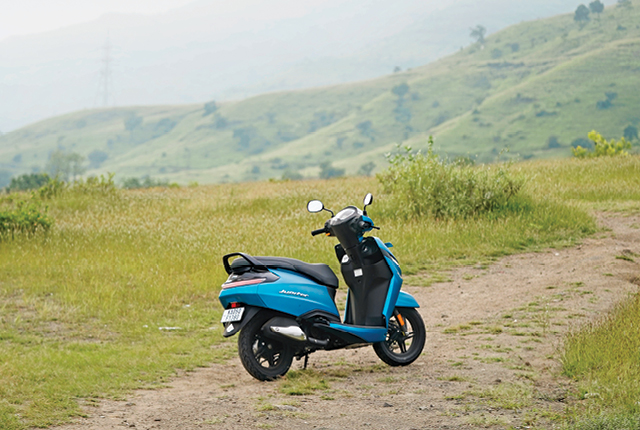
The price of the new TVS Jupiter starts from Rs 73,700 for the base model with drum brakes and it goes up to Rs 87,250 (both ex-showroom) for the disc brake-equipped SmartXonnect one that we rode, both for the first ride and this road test review. That makes it the second most expensive scooter in the 110-cc segment, but price seems to have little to do with popularity here, as the segment leader in terms of sales is slightly more expensive than the Jupiter. What the Jupiter does offer is excellent build quality and fit-and-finish levels, a potent engine, sorted dynamics thanks to a 12-inch rear wheel and exceptionally well-tuned suspension, the largest cargo capacity, and thoughtful features such as the front-mounted fuel-filler cap. This should be more than enough to hold on to that number two spot in the sales charts and, hopefully, even gain some market share back from the rivals—it is one of the most competent products in the segment, after all.

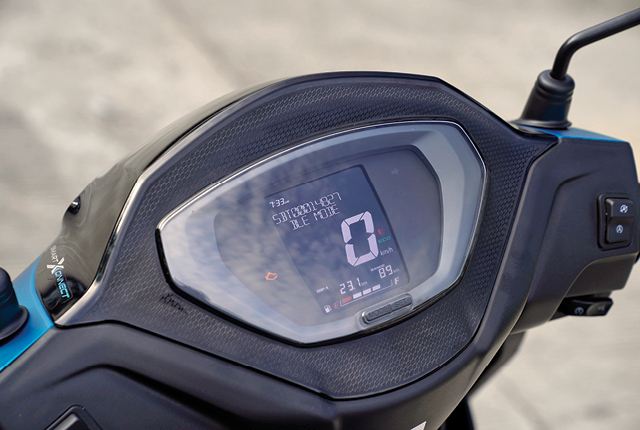
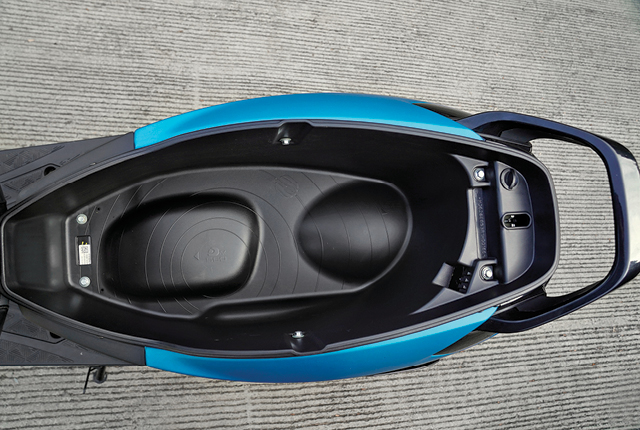
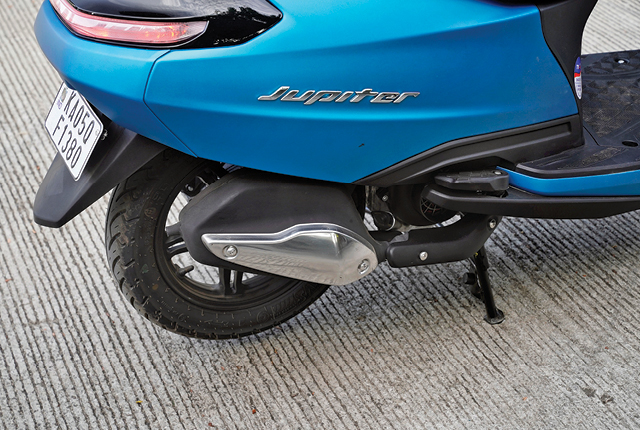
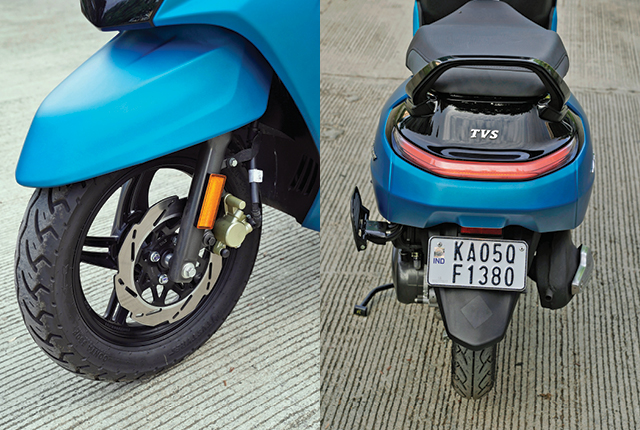
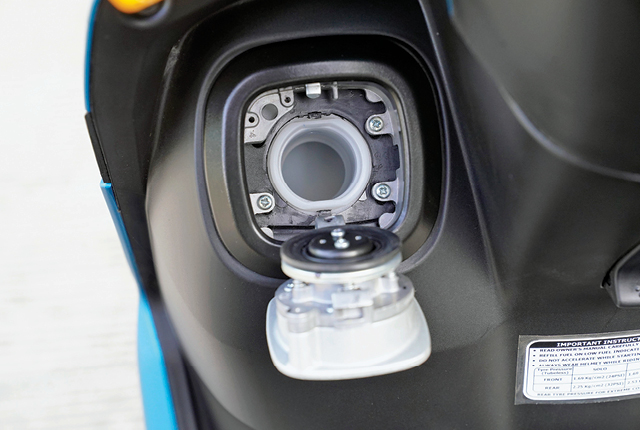


Leave a Reply